How to make a home feel welcoming – 8 rules for an inviting home
From simple updates to radical rethinks, making a home feel welcoming should be high on your priority list


Curating a home that feels welcoming – one that beckons you to linger and wander – will make for a thoroughly enjoyable, memorable and inviting space for both you, your family and friends.
These exquisite ways to make a home feel welcoming – and more attractive – are a great starting point to help you choose the right home decor ideas for each room – what you choose should reflect what you love, too.
How to make a home feel welcoming
'A home evolves over time – some argue it never gets to a stage of full maturity – and yet I am often asked how you can quickly and cheaply inject new life. I believe there are a number of ways to instantly get an amazing look,' says interior designer Martin Brudnizki. 'Every object and every space should make a contribution to the home – even a single piece of art can make a big and immediate difference.' Here are some of my easy wins to help make your house feel more like a home.
1. Create instant curb appeal

Greet visitors, yourself and your family with ways to make a front door more attractive.
The term ‘curb appeal’ refers to the attractiveness of a home’s external appearance, particularly the way it looks when viewed from the street – that all-important first impression that moulds the opinion of every visitor and passer-by. Designing a home with universally aesthetic appeal is a tall order, but worth it when curating a home that feels welcoming and inviting.
If you want to add instant curb appeal, think about introducing symmetrical elements to add the most curb appeal. Symmetry in interior design is a technique used by designers to create an space that looks incredibly cohesive and tailored – and therefore welcoming and inviting. A simple solution is to introduce a symmetrical pair of topiary planters to your front décor ideas, as demonstrated in this space by Margaret Ash Design. Clipped evergreens are perfect for creating a punctuation point in your planting scheme, for introducing low shapes to front yard walkways, and are the optimum choice for making your front yard look nice.
2. Create a welcoming spot for visitors
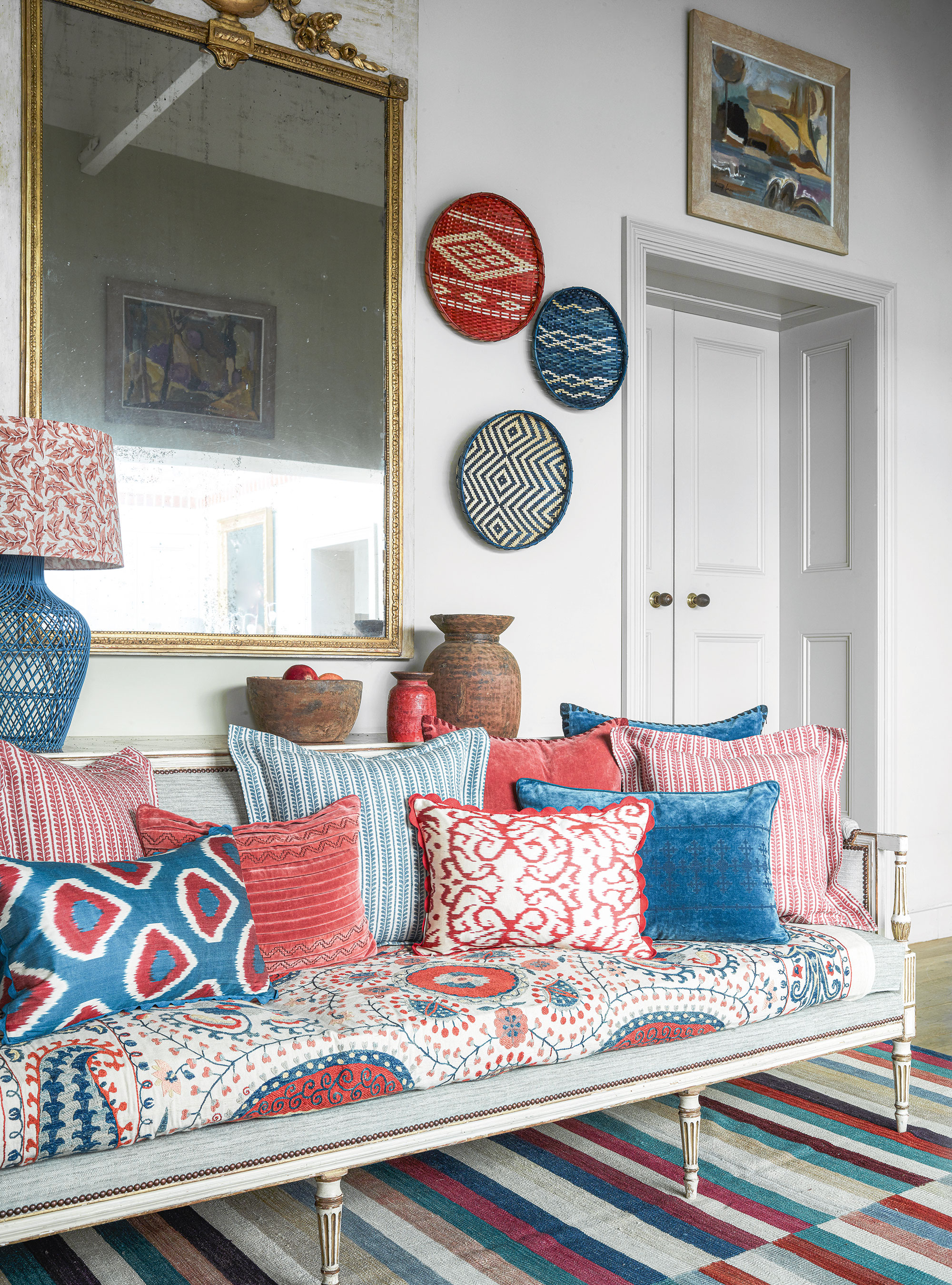
Creating an entryway that's impactful but functional, aesthetically-pleasing but entirely practical is a fine balance. However, it's a vital area of home design to get right, despite the fact the only time spent there is when we're passing through. So, while browsing the most beautiful entryway ideas, what do you need to consider? Priorities include making an entryway inviting while minimizing clutter – the two go hand-in-hand.
Design expertise in your inbox – from inspiring decorating ideas and beautiful celebrity homes to practical gardening advice and shopping round-ups.
‘To make a home feel welcoming, think about the impact the entryway will have when you first walk in,’ says luxury home accessories maker, Birdie Fortescue. Take inspiration from this space by designing a cozy corner to sit, layered with piles of cushions for warmth and beauty. ‘If you have space, a rug with a practical texture is a great addition, particularly underneath a well-proportioned entryway table,’ says Birdie.
It is certainly worth designing an entryway with other areas of the home in mind. 'Many rooms lead off the entryway, so the design not only sets your home's tone but also creates an inviting place for guests,' says Tom Cox, co-founder, Hám Interiors.
3. Build a collection

A desk displaying objets creates an inspiring yet functional area
If you want to make a home feel welcoming, it is important to make a house really feel like a home. Your home is an expression of your life: its contents should reflect your journeys, experiences, loves and stories. It is not just a place to rest your head and cook dinners. 'I am a strong believer in owning and building collections – from restaurant ashtrays to Murano glass fruit and vegetables,' says interior design Martin Brudnizki.
'First, find your niche interest and start building the collection. Perhaps it’s Italian engravings, Meissen ceramics or 19th-century landscape paintings,' he says. 'Don’t be afraid to really get under the skin of collecting. I think it’s healthy to develop interests and an expertise in a small field. Reading alongside my shopping expeditions has allowed me to further my eye.'
'Once the collection is established turn your attention to displaying it. I believe the key to any room is to create a mix so it looks like you’re a great collector with a diverse set of art, antiques and objets. However, within that mix you have groupings.'
4. Arrange your seating for conversation
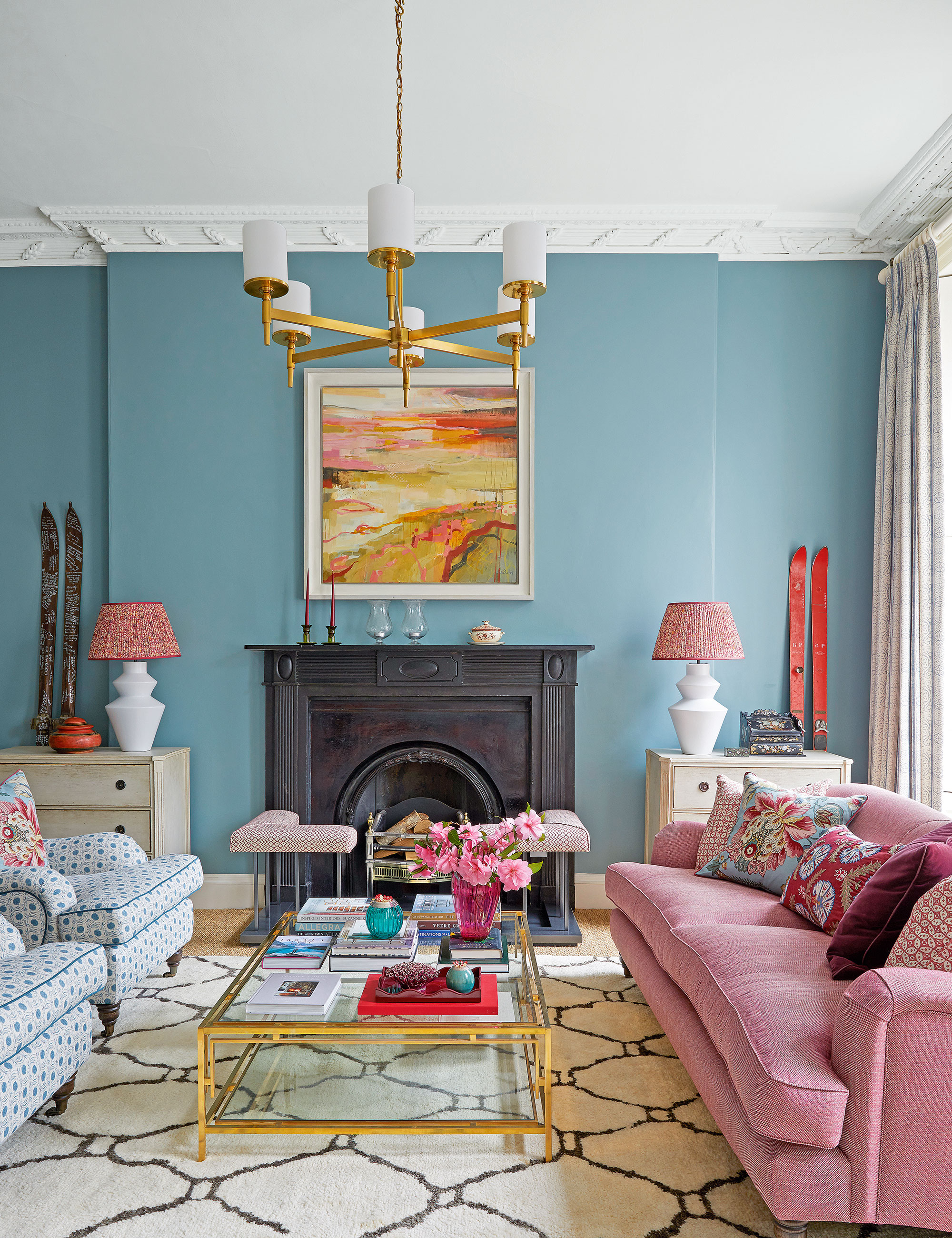
Perhaps more than any other piece of furniture, the sofa is the linchpin of comfort and relaxation in the home. Because of this your want to get your living room seating just right.
'When you have people over for gatherings, you really notice when you’ve got the seating arrangements right,' says interior designer Nina Campbell. 'Seating plans are very important – and not just at a dinner table. I like to think of seating plans for the living room or family room when I have guests over, and for that you need what I call “conversational seating”'.
'The number of chairs you set out is an important consideration. Odd numbers are good for seating plans in general because it allows for some rotation of guests. The interior designer Elsie de Wolf wrote in 1913 that you must never place a chair on its own in a room; she was very shy herself and noted that it is always the shy person who arrives first, sit on the lone chair and then are often rooted there for the whole party. But two next to each other does not always work, either. I find that two people sitting side by side do not always speak to each other, so having an occasional chair pulled in at a diagonal can create conversational triangles.'
The sofas and bigger pieces of furniture should be covered in a tough, strong and relatively plain fabric, so you don’t tire of it; they are expensive to recover. You can jazz them up with cushions and throws.
5. Soften sharp corners with curves
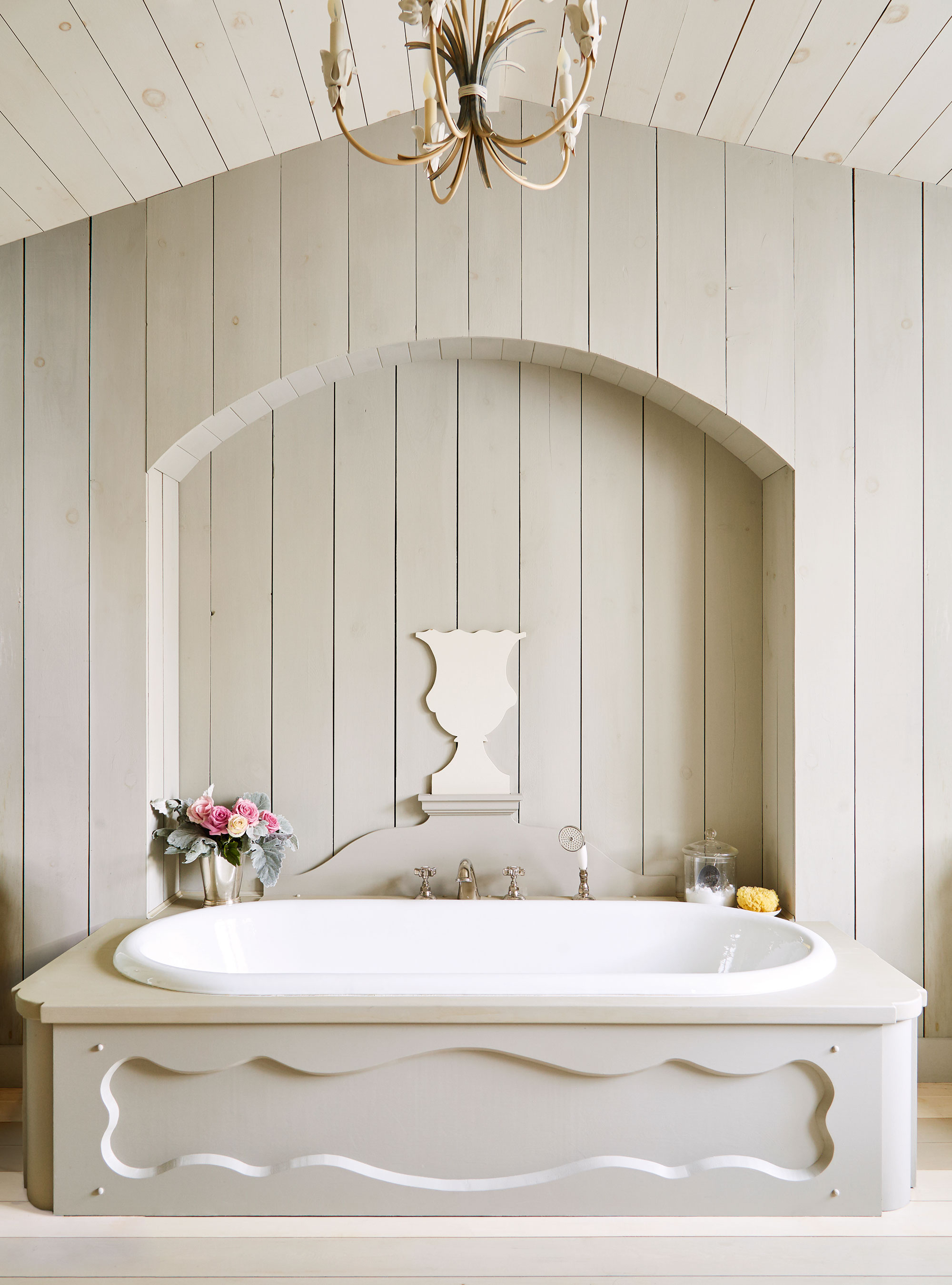
Move over slim profiles and hard angles – voluptuous curves are where the most desirable and welcoming homes are heading.
Modest materials can play a harmonizing role that tones down ornately curved motifs. ‘Curves are my addiction – they add instant dynamism and yet make people feel uplifted and relaxed,’ says interior designer Colette van den Thillart.
‘I strive to use them in more unexpected ways, like the urn silhouette here, which has a lovely simplicity and humbleness as it’s fabricated in the most unassuming of materials: fibreboard. The arch lends a hint of grandeur and gives some architecture to the simple space, but again because the materials and painted finish are modest, its overall effect is so pleasing and friendly!’
6. Introduce delightful decorative moments

Use open shelving to introduce decorative moments that make a home feel welcoming and inviting.
Be they decorated with ceramics, vintage glassware, plants or recipe books, shelves can be used to add individual style to a kitchen, as Mike Fetherston, design director of Hetherington Newman, explains. ‘As kitchens are increasingly central to the home and where families come together for meals and to socialize, areas for display are important to personalize the space and add interest, giving a more relaxed and welcoming feel.’ Choose from floating shelves (without visible supports) to those with stylish brackets, from plate racks to cubby holes built into furniture.
Simple LED strips or miniature spotlights can be used to illuminate shelf displays, enhancing their impact and adding subtle evening glamor, especially useful when you want to create a softer mood for dining.
7. Master the art of curated color
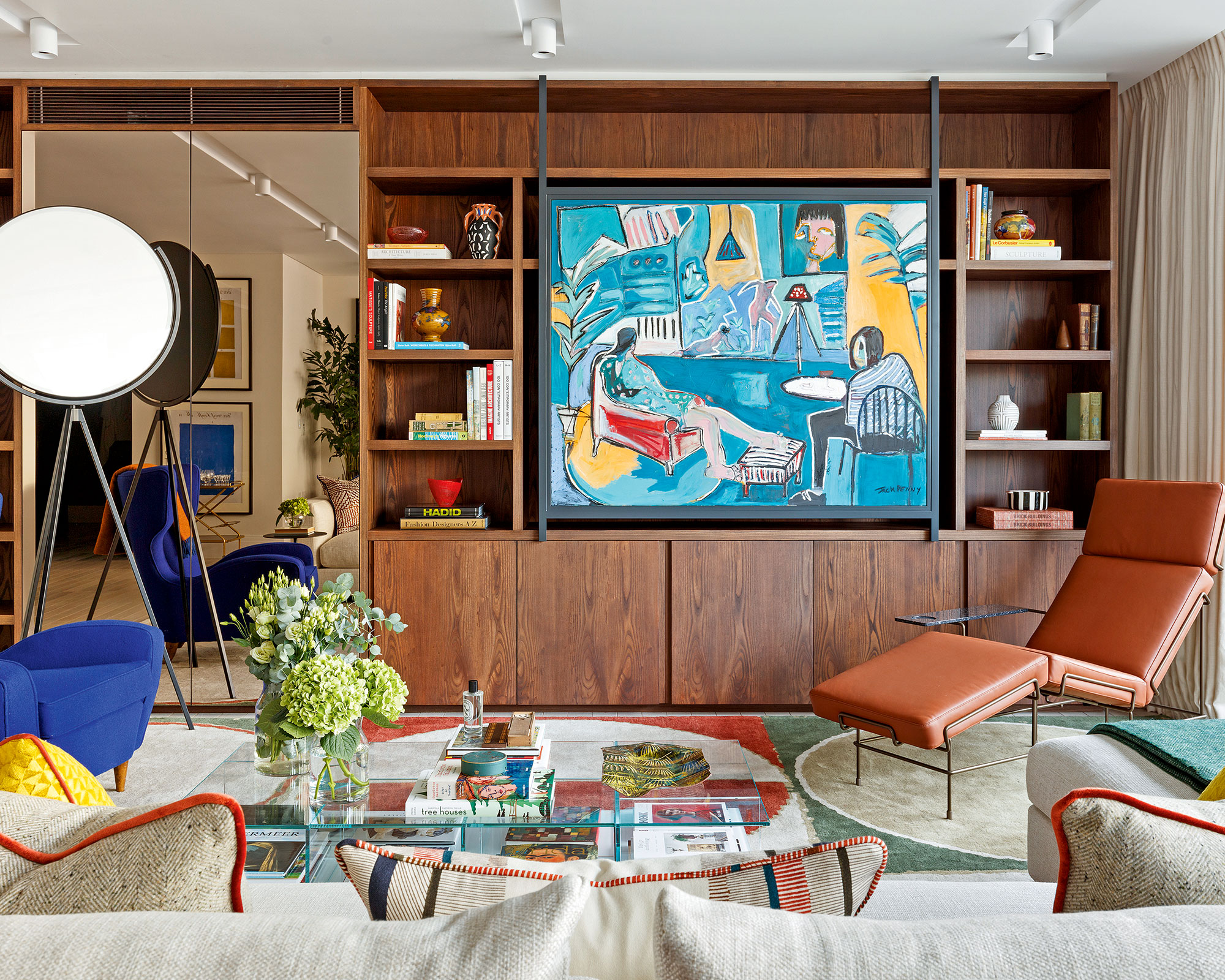
Choosing the right shade for an inviting space can present endless choices and subtle nuances to understand and overcome, but get it right and you can create a home that feels welcoming.
Color theory and the color wheel in its entirety can be complicated but there are a few basic principles to help steer you in the right direction, explains Patrick O’Donnell, brand ambassador for Farrow & Ball.
'Paint ideas and paint tricks are the perfect way to transform a space easily, adding personality and character,' says Ruth Mottershead, creative director of Little Greene. ‘Bold, vivid tones work well in rooms made for entertaining, or see a lot of activity, such as kitchens and living rooms. A pop of color is a great way to add impact and an element of surprise to a scheme. Bold colors are also great for spaces with lots of light and can be used in bigger proportions without being “too much”'.
Colorful art is another way to go bold. A favorite painting can be a good inspiration and art is always the starting point for any scheme by Sophie Ashby of Studio Ashby who is known for her dynamic designs. ‘Ideally, we would work from a client’s own collection. From that, we can then build a color palette and design references,’ says Sophie. ‘
8. Add plant life to your home
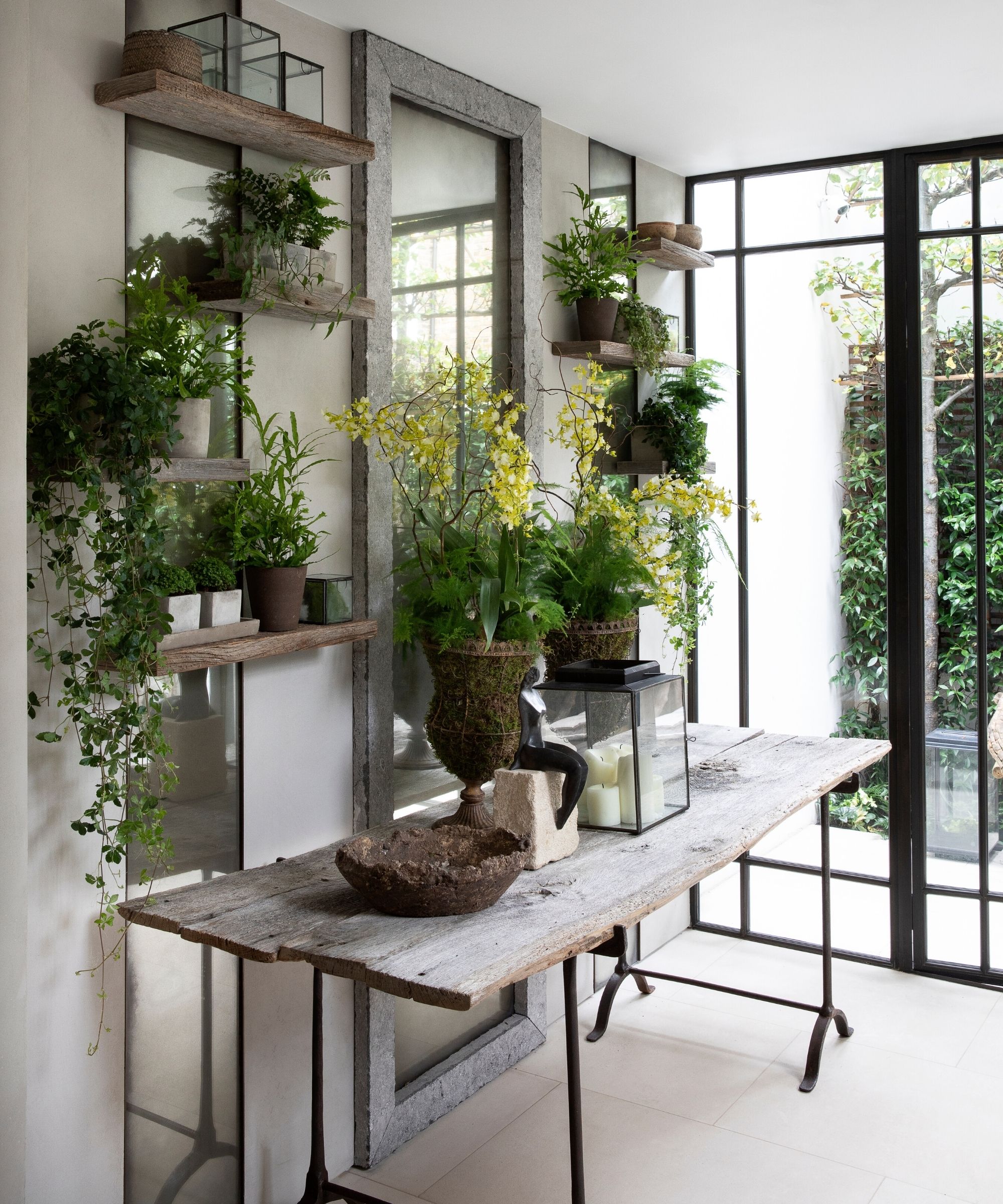
One cheat that comes to mind when thinking about how to make a home feel welcoming is plants and bringing the outdoors in. The best indoor plants have never been so affordable and accessible: a quick visit to your local garden center or nursery and you can pick up a whole jungle of greenery that will instantly bring life to a drab corner. Pot up all manner of vessels with bulbs or, if this isn’t for you, simply treat yourself to seasonal fresh flowers in a pretty vase or jug.

Jennifer is the Digital Editor at Homes & Gardens, bringing years of interiors experience across the US and UK. She has worked with leading publications, blending expertise in PR, marketing, social media, commercial strategy, and e-commerce. Jennifer has covered every corner of the home – curating projects from top interior designers, sourcing celebrity properties, reviewing appliances, and delivering timely news. Now, she channels her digital skills into shaping the world’s leading interiors website.